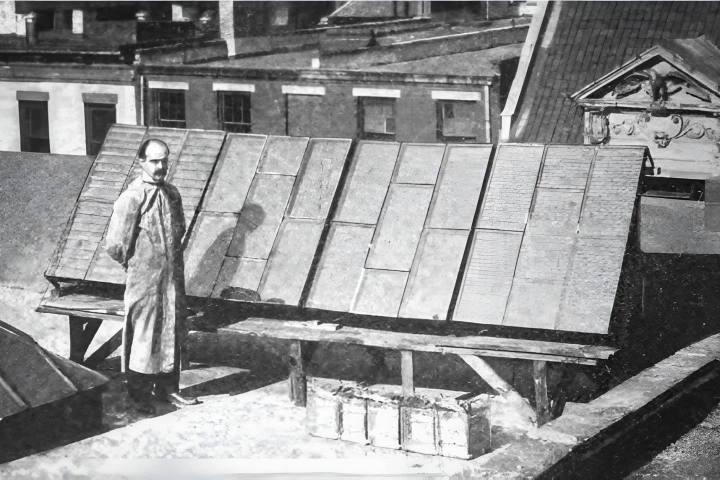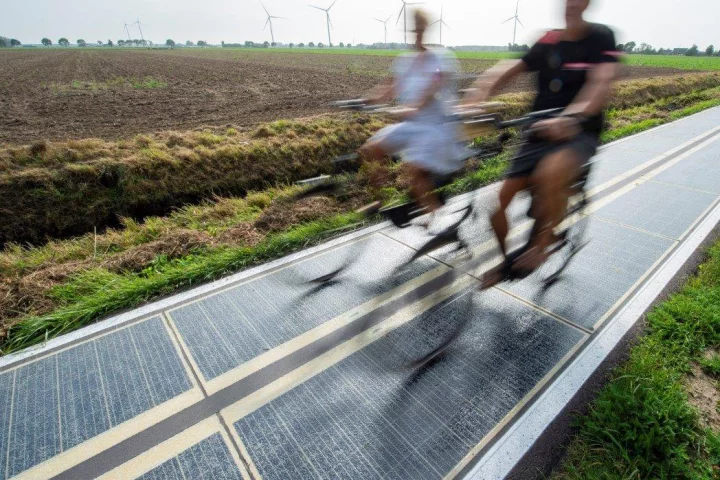Photovoltaic
-
As the production window approaches for what's described as "the world’s most efficient EV pickup," startup Telo has formed a partnership with Aptera. The latter will supply its PV cells for optional solar paneling for the upcoming compact e-truck.
-
Solar and wind farms are a common sight on land. But just like wind turbines, massive PV installations may soon be heading offshore. China is looking to lead the charge, and is embarking on sea trials of a wave-resistant hexagonal floating platform.
-
Even on busy rail networks, the gap between lines can spend much of its time doing little but face skyward, so why not put that space to good use? Swiss startup Sun-Ways is looking to do just that by installing solar panels in between railway tracks.
-
An innovative hybrid solar device that combines a PV panel and energy storage has achieved record levels of energy storage efficiency. Unlike conventional batteries, the molecular solar thermal energy storage (MOST) device doesn't rely on scarce materials.
-
From a New York rooftop in the 1800s to their first journey to space. From kidnappings and bribery to a world-changing mistake with an inkwell... Solar panels are one of humanity's greatest inventions, and their history is more fun than you thought.
-
Perovskite materials are poised to take on the reigning champion of solar, silicon, but their stability is holding them back. Now, scientists in China have developed a new type of hybrid perovskite that boasts a very good efficiency over a long life.
-
A new heat-to-energy converter has reached a record efficiency of 44% – the average steam turbine manages about 35%, for comparison. This thermophotovoltaic cell is a major step on the way to sustainable, grid-scale renewable energy storage.
-
Implanting tiny solar panels into people's eyeballs may sound like science fiction, but that's exactly what a team of Australian scientists are working on. The next-gen tech could vastly improve quality of life for people with incurable eye diseases.
-
A new pacemaker is thinner than a human hair, wireless and operated entirely by light from an optic fiber. The non-invasive device could help regulate heart activity or even stimulate neurons in a set pattern to treat conditions like Parkinson’s.
-
Solar cell efficiency may get a bump from bumps. New research suggests that building tiny domes into the surface of organic solar cells could boost their efficiency by up to two-thirds, while capturing light from a wider angle.
-
Portable photovoltaic systems are great for generating electricity while off the grid, but constantly moving them to keep them in the sunlight can be a hassle. Jackery's Solar Generator Mars Bot offers a solution to that problem, as it moves itself.
-
The Dutch love to cycle. So much so that there are more than 35,000 km of cycle paths snaking through the Netherlands. Two of those bike routes have now been topped with photovoltaic cells to produce renewable energy while they face skyward.
Load More











